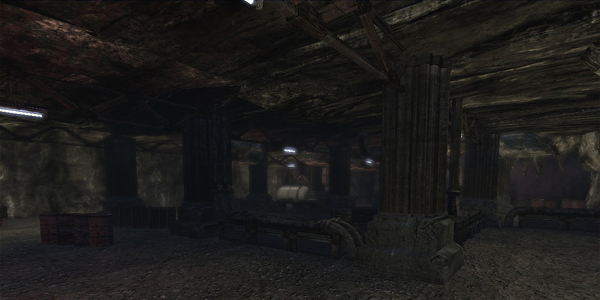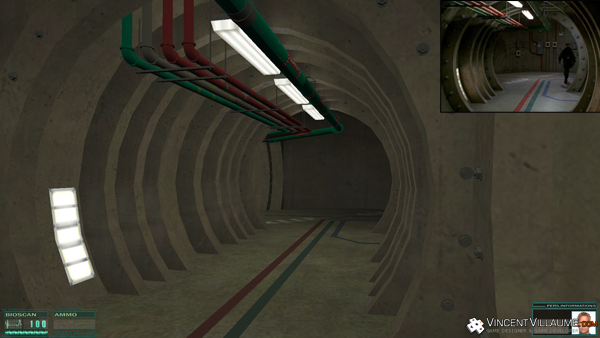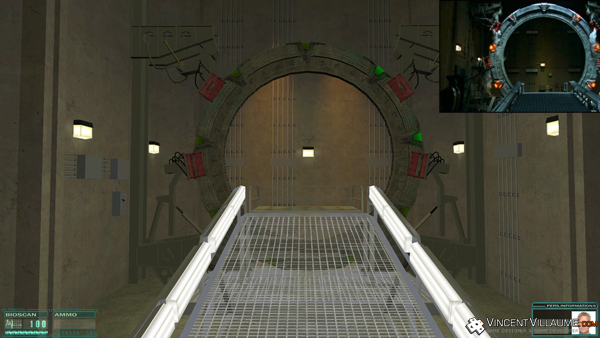My skills / Level Design
At first sight, level design seems to concern only videogames with "environnement": 3D action games, 2D platform games, etc. But, we find it in a lot of specific cases: the score in Guitar Hero, the input sequence to do and the consequence in its success or failure in the run of a scene in Heavy Rain, etc. Level-Design is everywhere with multiple styles.
So, from design to what the player visualize during the level exploration, steps in integration and test vary a lot according to the game type. In the case of a 3D environment for example, a level designer work on paper sheet (graphic software) to get the main ideas, then add them in a simplified way, using "blocs", in the game engine or editor. After validation, the level is "dressed-up". The graphic team is in charge of creating a coherent environment corresponding to the level design: we call it level building.
My skills
- Defining the structure of level-design: Progress, learning, diversity, etc.
- Designing levels on paper and softwares: Visio, SketchUp, 3Ds Max, etc.
- Integration and tests of level design: 2D Platformers (coordinates, tiles), 3D environments, rhythm games scores, etc.
- Communication with the team on level design: Writing clear and accurate documentation...

Task: Narrative Design Document
11.19.2013Softwares:
The document
It contains an overview of the design and the story, and give the details on:
- conversation branches
- environments : interactive objects and characters
- Minigames: pick lock, combat, complex object observation
You can find it there.
I wish you good reading.
Summary
I worked on a narrative game design and level design. This article is an example showing how I write my documentation.
Work: I designed a level and wrote a document.
Task: Level Design: Sp_Escape
03.08.2009Softwares:
Level design
My work begins with the bomb pick up. This sequence offers a true challengeto the player. It asks for a good rhythm.
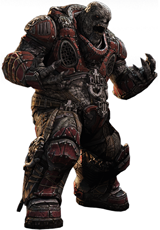
Situation
A bomb is placed in a particular ennemie's back: the boomer. Shoot him directly trigger the bomb crack. The boomer particularity is to shoot a lethal bullet every 5 seconds. He is behind a little group of weak ennemies and some blocks usable as covers.
Solution
The only solution for the player is to fight the weak ennemies and focus on being covered when the boomer shoots (every 5 seconds), then be close enough to pick up his bomb, and finally kill him.
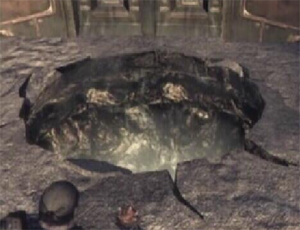 Situation
Situation
Once the bomb is picked up, Marcus must cross a room digged in the rocksin wich emergence holes appear (holes where weak ennemies comes out endlessly).
Solution
The aim is to block them by shooting the flacky rocks on the ceiling. The challenge consists in forcing the player to share his shooting time between ennemies and rocks.
Marcus is now close to the bomb planting point. My work stops here.
Level building
Once the level design ready, I worked on dressing up the rooms. I had to replace the bsp (géometries) by static meshes (3D models): rocks, cross beams, etc.
Kismet
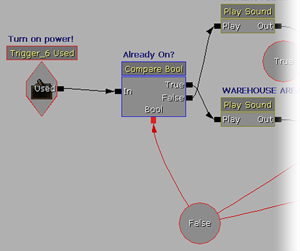
This part of level design needed a lot of scripting:
- attaching the bomb in the boomer back
- allowing Marcus to pick it up by pressing the validate button and place it in his back.
- planting it elsewhere
- getting the emergence holes spawning ennemies
- handling the rocks used to block the holes...
Summary
The game sequence I worked on contains some challenges in its Level Design: handling the time for the player, forcing him to avoid a lethal shot every five seconds, and handling the shooting time between ennemies and obstacles to reduce in a pile of debris. More in the article.
Work: I created the level design on these challenges, dressed up some rooms and scripted events using the Kismet.
Some pictures
Task: Stargate Command Map
12.06.2008Softwares:
Design
I created the basic shape of the map at first. I tried to keep the true organization and the same size, as much as possible. By searching meticulously on the Internet, I ended up finding the SGC plans made in Vancouver studios.
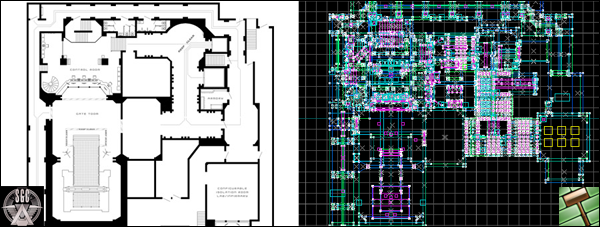
Next, I looked for a lot of snapshots taken by tourists who visited the film sudio set. By the way, I was more accurate.

Creation
To get information allowed me to create a level much closer to the series, more realistic as you can see on the pictures below.
I was compelled to erase some details, Gold, the Half-Life engine, can't handle too many models. You can notice that chevrons are green on this stargate.









